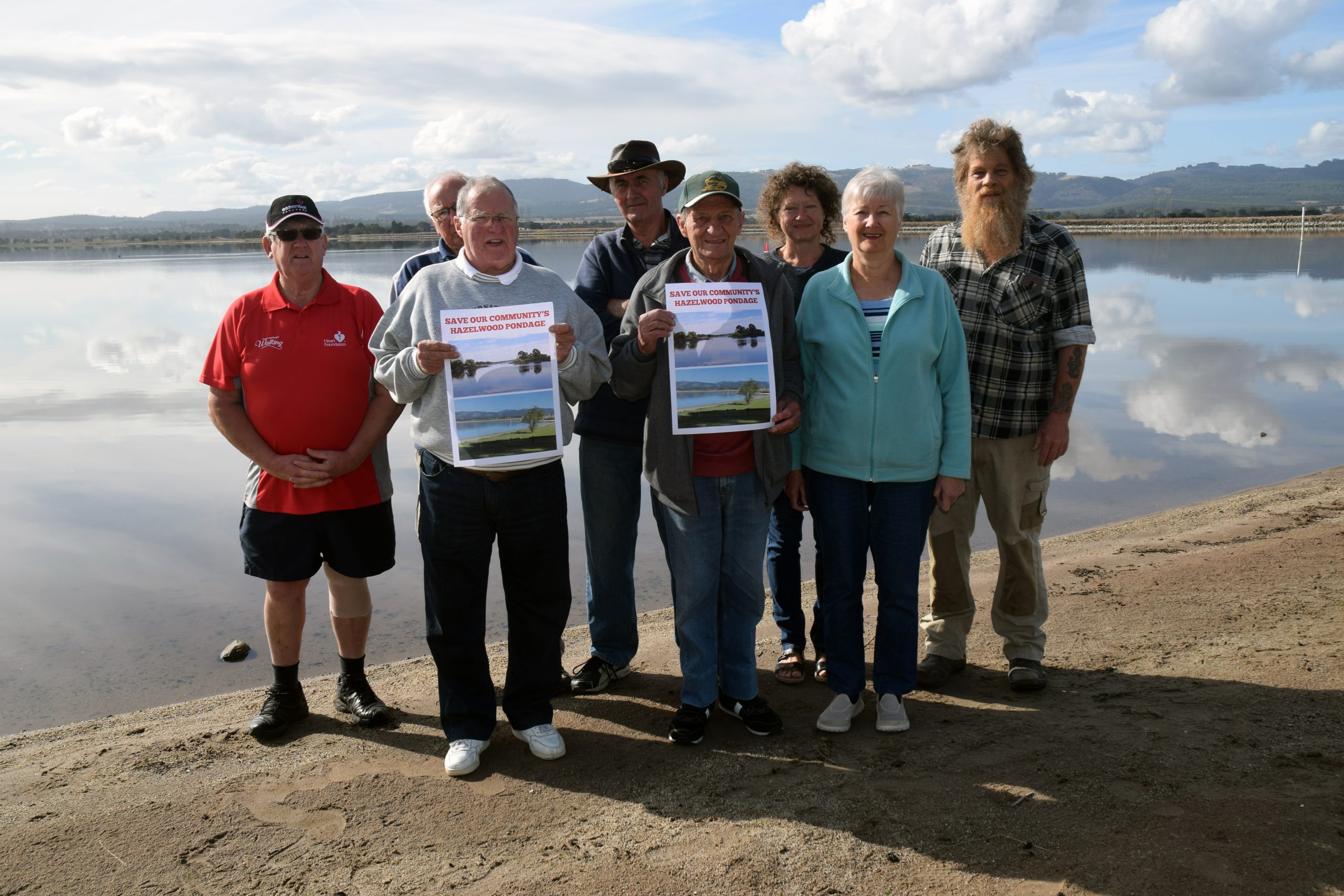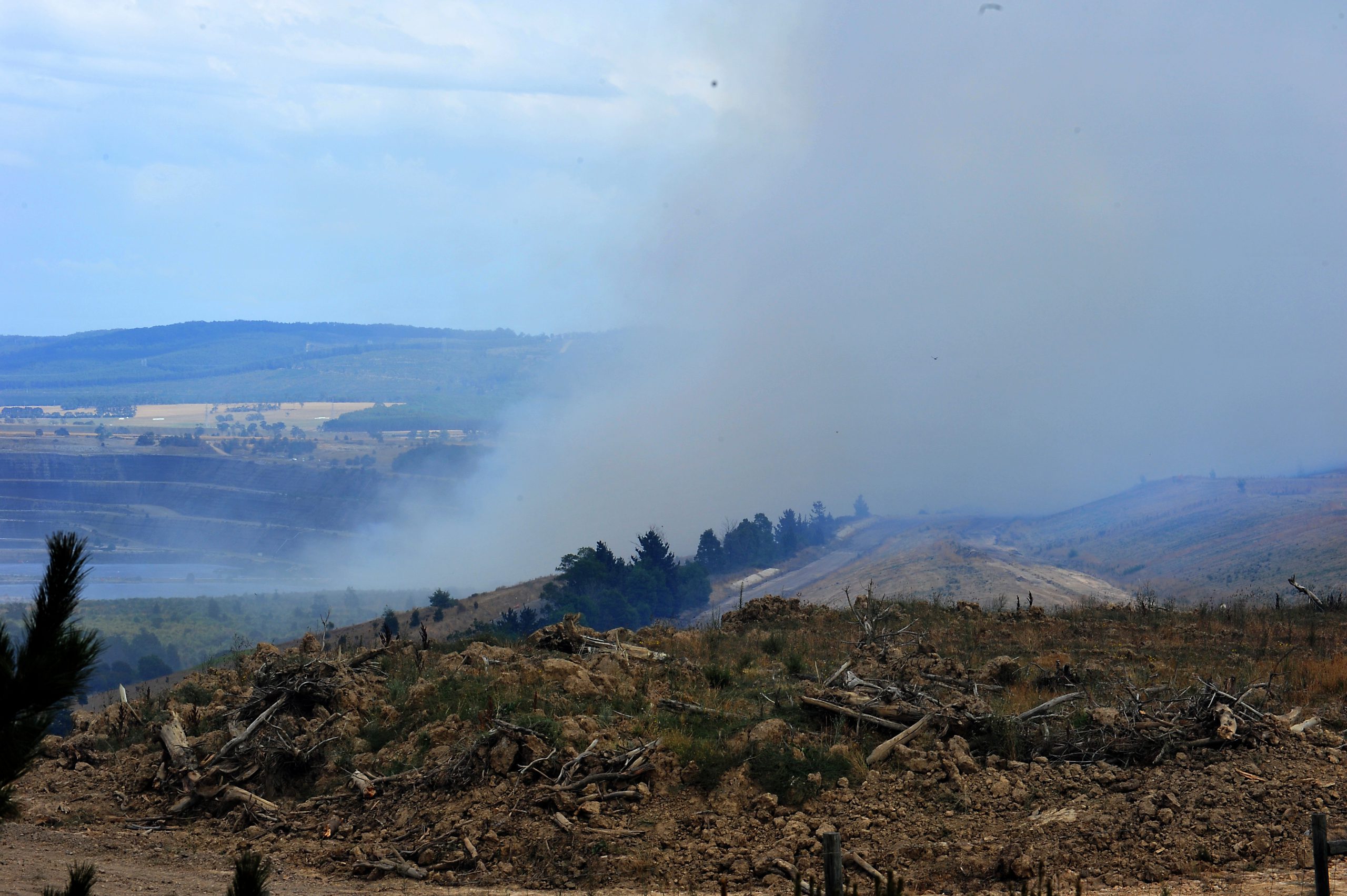Staff writers
Levels of anxiety and depression in the Latrobe Valley jumped by about a third after a week of heavy smoke exposure during the Hazelwood mine fire, a study has found.
The Hazelwood Health Study latest report examined the mental health impact of the mine fire, to see if mine fire pollutants increased ambulance, emergency department or hospital admissions.
It found ambulance attendance for anxiety increased by 35 per cent, and the risk of an emergency department presentation for depression increased by 36 per cent after five days of smoke exposure.
Researchers used Victorian ambulance and hospital data to link the mental health impacts of daily average PM2.5 pollutant exposure.
They compared the first 30-days when smoke concentrations were highest with mental health service use before and after the mine fire.
The analysis took into account factors, such as seasonal influences, temperature, and public holidays.
Hazelwood Health Study co-principal investigator Matthew Carroll said it highlighted the need for health services to prepare for increases in mental health-related issues in future pollution events.
Dr Carroll said the findings were in line with earlier research showing the mine fire was associated with increases in demand for mental health-related general practice, specialists and psychiatric prescriptions.
“This is particularly important given rural areas are more susceptible to adverse environmental events related to climate change,” Dr Carroll said.
“It’s only been the past few years that people have recognised that smoke is a stressor in itself and the psychological effects of ingesting smoke.
“The mine fire was a salient big distressing event, and when you are in the midst of a major event you are more likely to see mental health concerns.”











